Starchy Nutrition for the Soul
Andy Ciofalo's research takes us to faraway places and sunny warm environments all over the Caribbean using a foodways approach to reconstruct culinary identities.
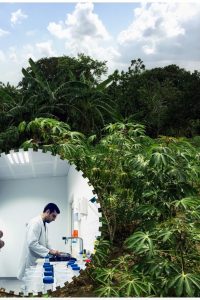

Dietary and subsistence practices explain a lot about a person’s culture, but what I remember from holidays and family gatherings is mom cooking in the kitchen and grandma telling her "no that's not enough butter" and grandpa sneaking me a cookie out of the oven before they were done. The conversations held over a cooking pot of hot food and the times spent in the garden with my father nurturing plants, these extra dimensions of subsistence are what foodways entail. My research takes us to faraway places and sunny warm environments all over the Caribbean using a foodways approach to reconstruct culinary identities. Through archaeology, we reconstruct life-ways that have been forgotten or never told.
I am currently finishing a PhD project entitled Starchy Foodways: Surveying Indigenous Peoples culinary practices prior to the advent of European invasions in the Greater Caribbean; that creates a richer understanding of culinary practices. In other words I am exposing how people in the past prepared different meals in three geographic regions: northwestern Dominican Republic, the Bahama archipelago, and Central Nicaragua (1000-1500 CE).
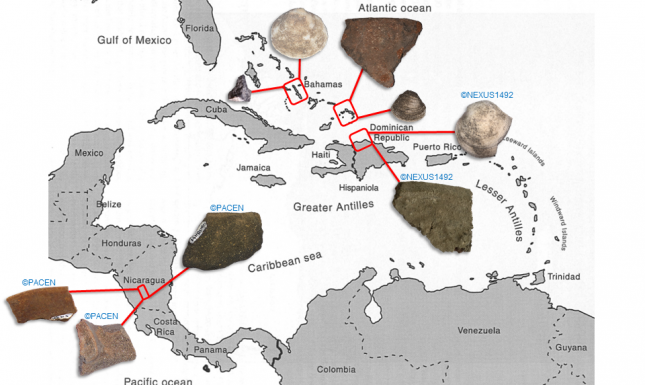
This is being accomplished through botanical analyses of artifact samples. I recover samples from artifacts and analyze them under the microscope. Based upon how they appear known as the morphological characteristics of the plant remains I can identify which plants were prepared.
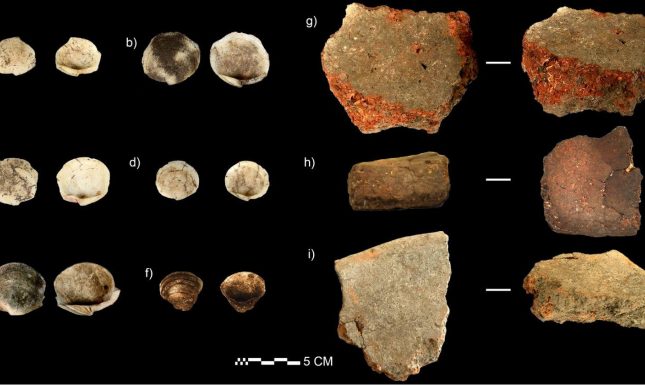

The plant remains I have focused on are called starch grains, which are simple forms of carbohydrates. For the plants they serve as an energy reserve, for humans they can also provide energy in the form of calories. Furthermore, based upon damage to the starch, I can infer how the plants were cooked, if they were boiled, baked, roasted, or ground.
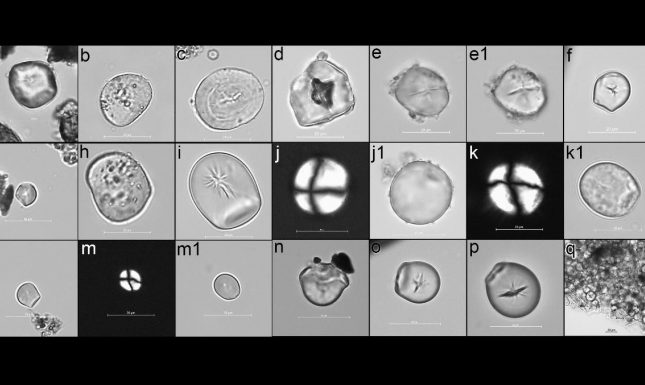
The way plants were modified by past people for food provides a glimpse through a window into their daily lives. From what our team has discovered in the Caribbean, these daily lives were vibrant, dynamic, and highly diverse. The lives of the people that I study were seldom written about in early European documents. Thus, we try to reconstruct what the indigenous Caribbean people used to do in an effort to valorize their heritage this also helps reconstruct parts of their identities. It is through the more nuanced descriptions of past life-ways that we are able to demonstrate that Caribbean lives were and are diverse, culturally complex, and thriving.
Food security or the inability of people to feed themselves is a worldwide epidemic. We are able to seek assistance from archaeological research to help solve this problem. Globalization and populations are working on different scales now, but if we consult our ancestors through projects like mine, we may be able to highlight and solve the causes of people without physical and economic access to safe and nutritious food. Before beginning this quest, I never imagined the beauty of looking through the microscope at ancient plant remains and the ensuing interpretations of human practices. The foodways approach for archaeobotanical investigations is knowledge I am now able to share with the world and take an immense pleasure with this responsibility.


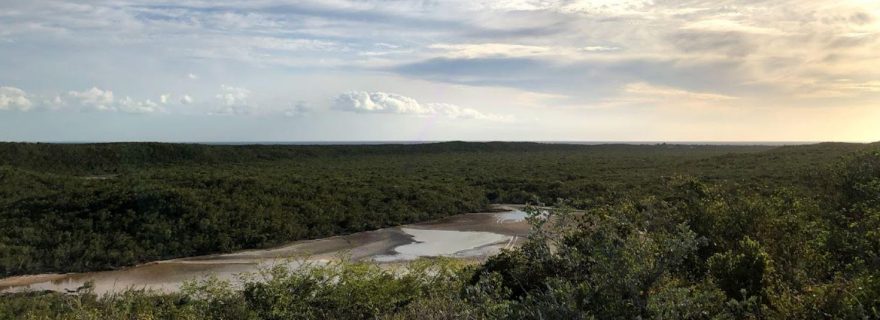

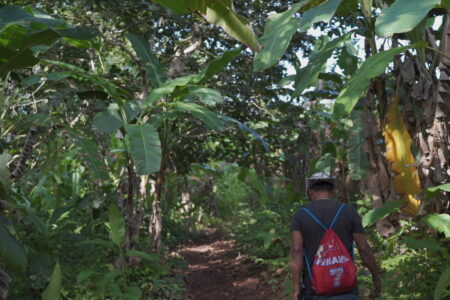
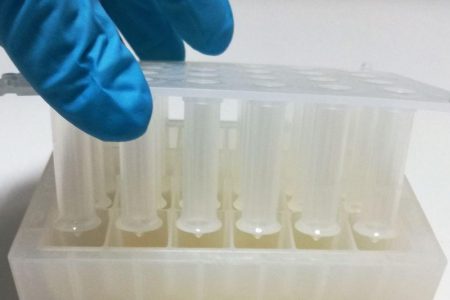
0 Comments